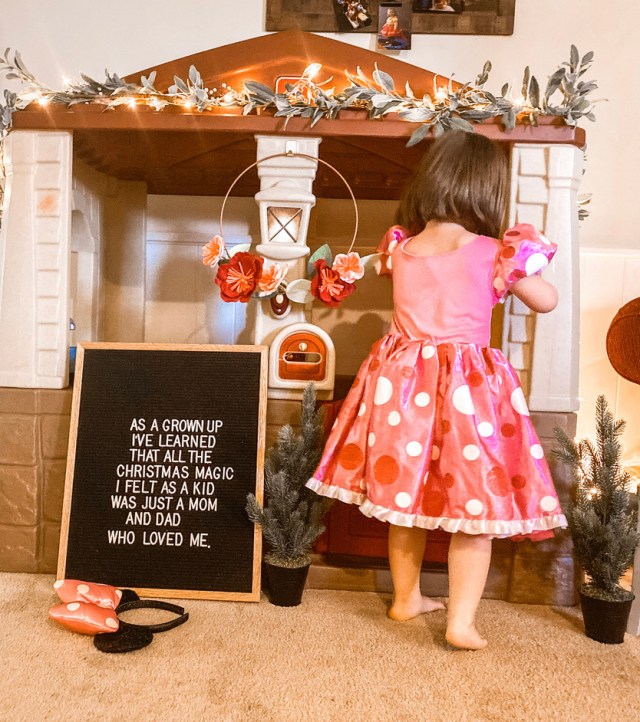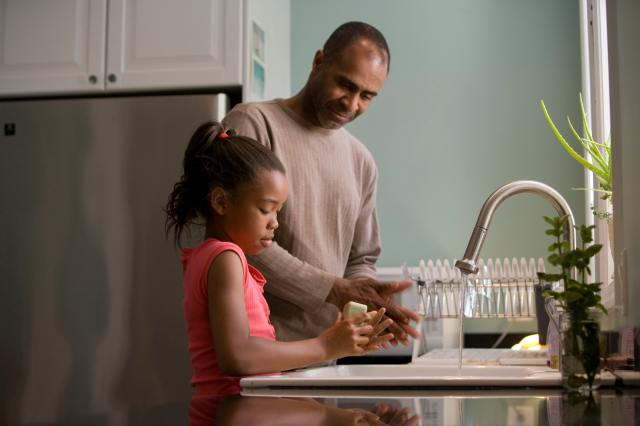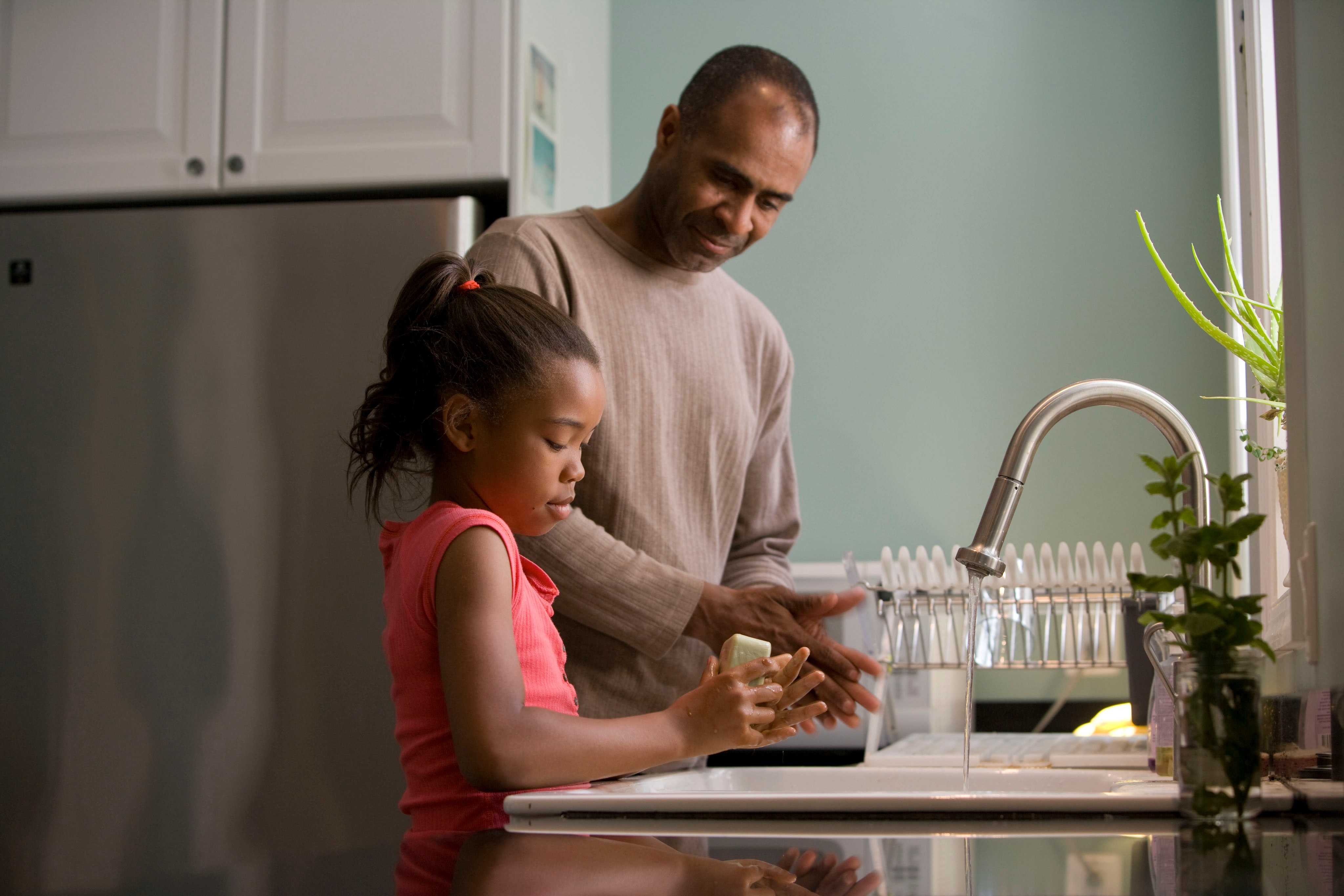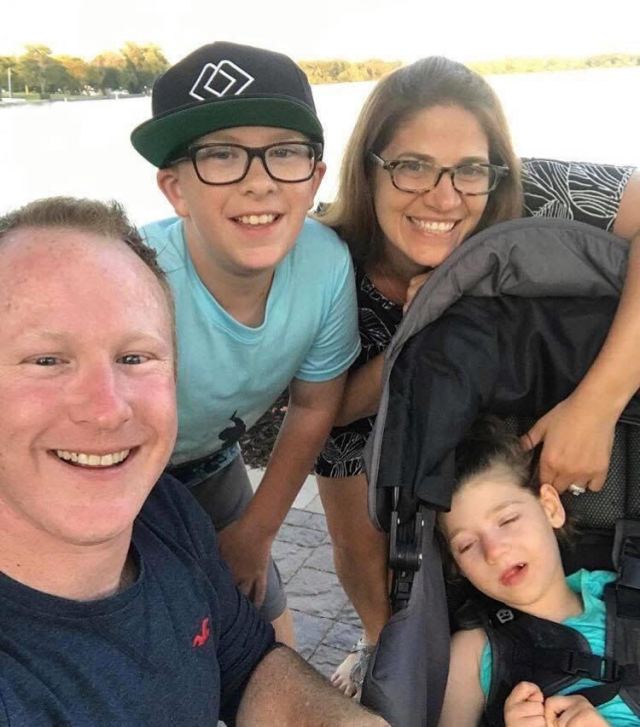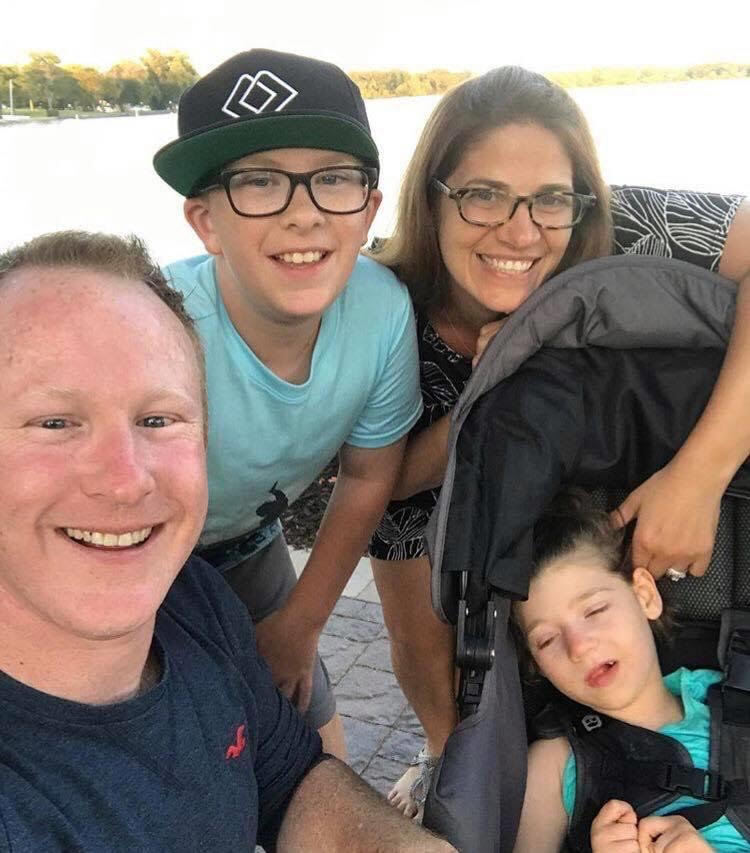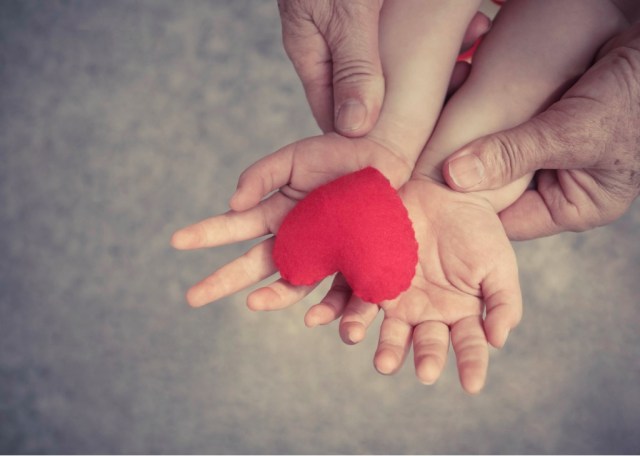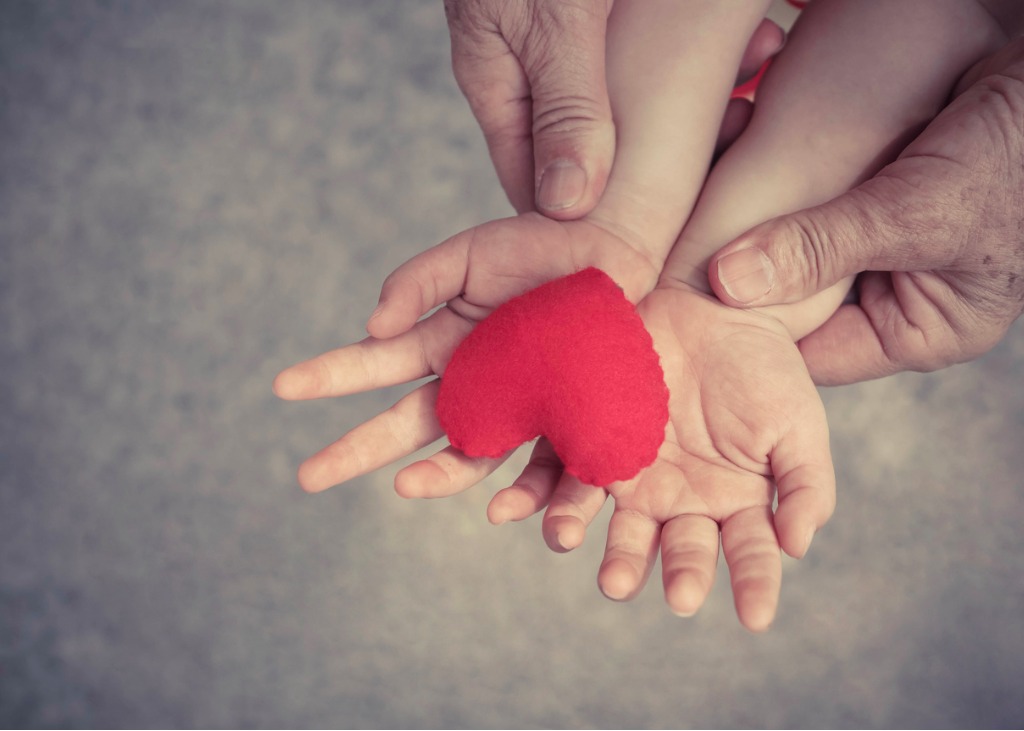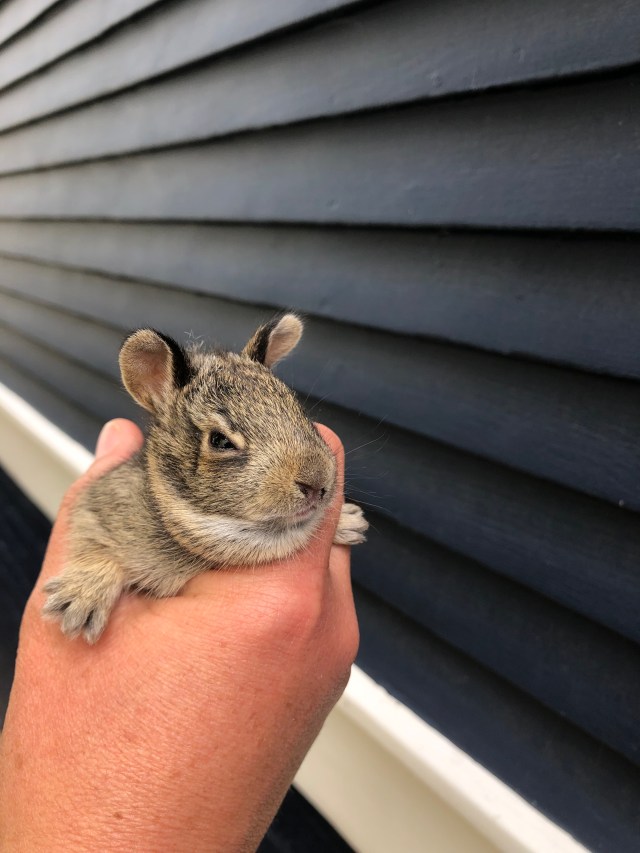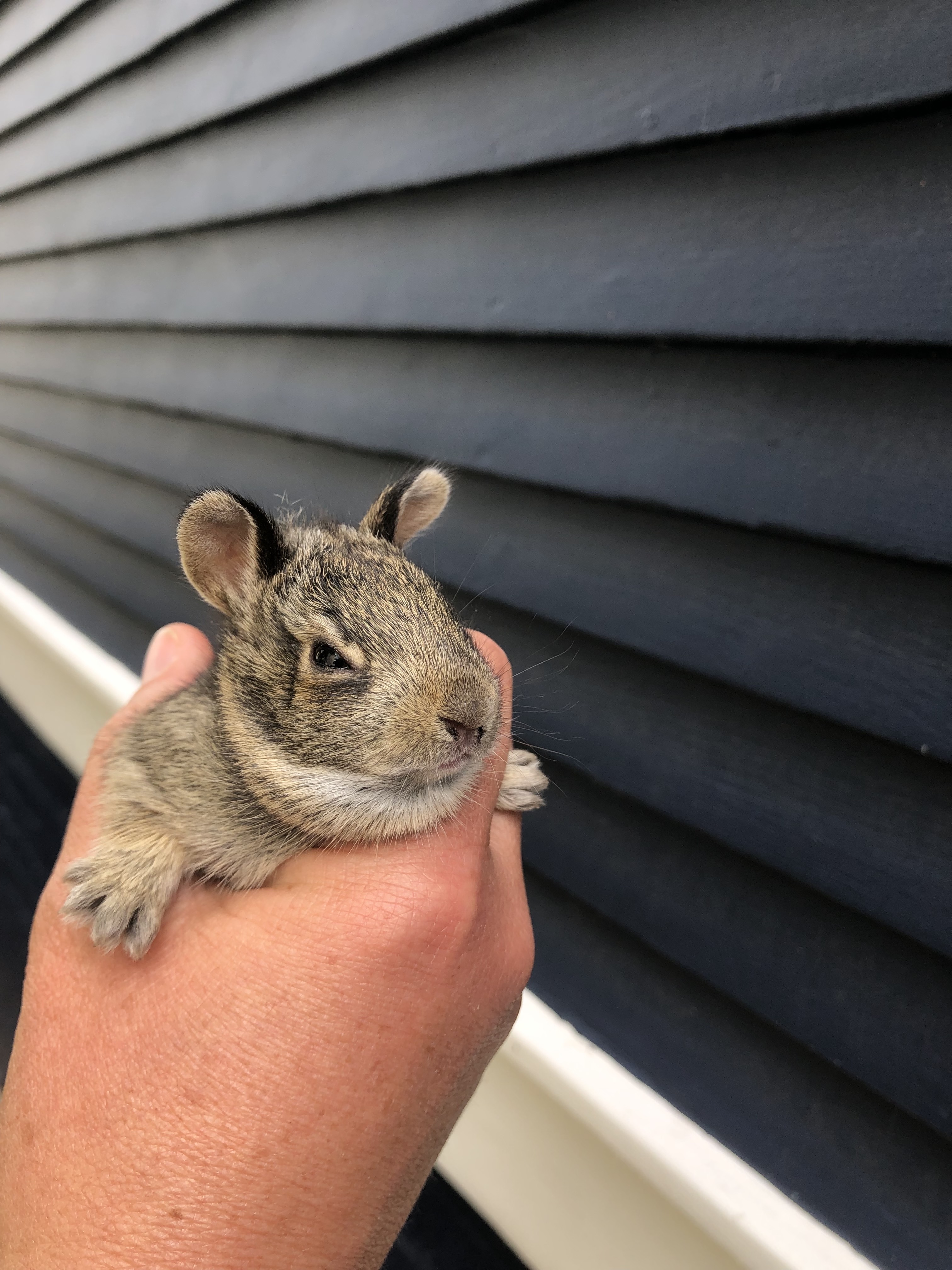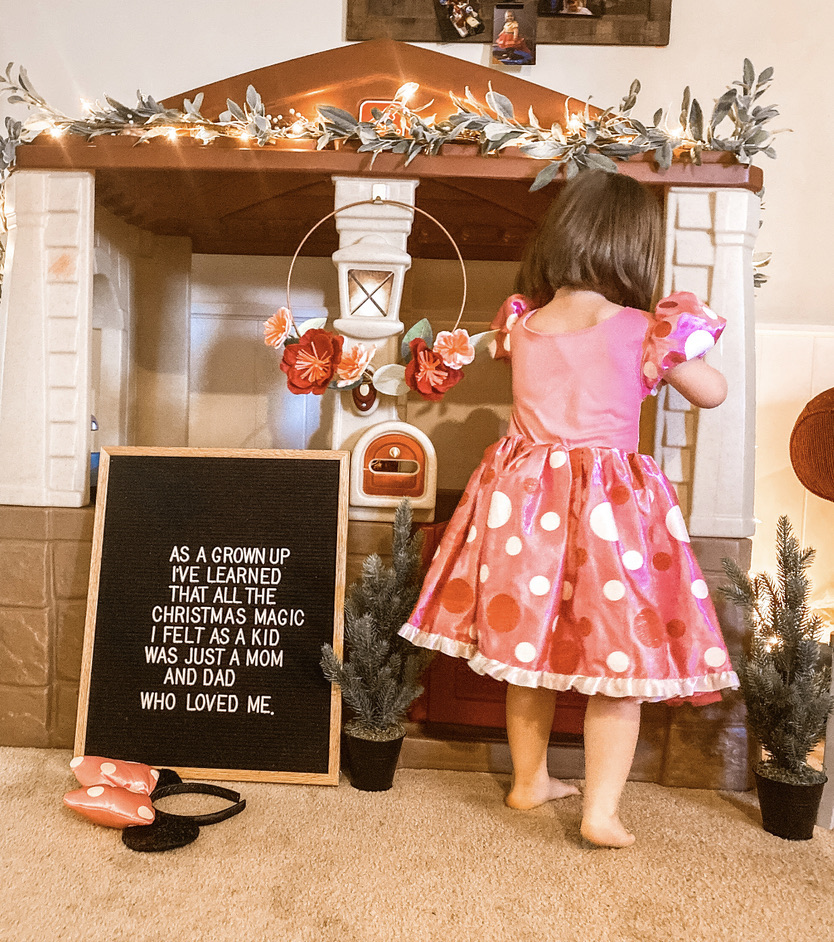
I recently saw a quote circulating around the internet that said: “As a grown-up I’ve learned that all the ‘Christmas Magic’ I felt as a kid was just a Mom and Dad who loved me.” I may or may not have slowed my scroll and got emotional thinking about all the fun magic that my parents brought to Christmas.
Then I panicked and thought am I bringing the fun of Christmas to my kids?! Parenting Whitman and Vivi is like parenting the sun and the moon. Whitman is very cool very chill. He accepts things for what they are and doesn’t question it for the most part. Which is amazing because he is non verbal and on the spectrum.
Then there’s Genevieve she runs hot on the daily, and asks 80 million questions. I’ve started a retirement fund—I add a dime every time she says: “Ummmm Mummy?” I asked her last week if she wanted to write Santa a letter to receive an elf on the shelf. Her response: “NO. Santa knows.” Last year, at the ripe old age of 2, we ruined her Christmas in someway. I’m not sure if it was the gifts, but she kept asking “Who got me dis, and why dis?!” People were in her space. And she informed us numerous times that this wasn’t great and she wasn’t having a good time. At any rate I feel like the “Christmas Magic” was a loss on Vivi.
Thinking back to the Christmas magic of my youth, we had all these traditions. When we lived in New Philadelphia we went to the Beitzel’s, ate, exchanged gifts, and then went to church for the Christmas Eve Service. After the Christmas Eve Service we’d go to other side of town and celebrate Jesus’s Birthday with the McInturf’s. I’m pretty sure we did this tradition through 8 Christmases. And truth be told it was my favorite. We’d come home full of hope and cake. Santa would come and we’d open presents then we’d either load up in the car and go to my MeeMee and Papa’s or they’d come to our house for a few days. It was pure Christmas magic!
As we got older and moved to Illinois, Christmas traditions looked different. One year we went to Florida. Most of the time though we stayed and made new memories. Basketball is big in the midwest so it was usually Christmas, then the next day tournaments started at 8 a.m. and that’s how you spent your break until New Year’s Eve. Truth be told, I don’t remember a lot of the Christmases in Illinois. I remember parts like the year my brother wrapped everything in duct tape. Or the year he used athletic bags as wrapping paper so the sweater he got me smelled sweaty. The year my mom had been sick and she didn’t get to go shopping so she had bought everything off of QVC (before they had a webpage). All in all, I just remember laughing and being happy.
I remember last Christmas before my Dad had his stroke like it was yesterday. Mainly because you don’t ever think it’ll be the last time you know things to be and when it hits you that it was the last time it forces you to remember everything about that day. I remember I spent the night at my parents instead of going to my apartment. We waited until my grandparents got to the house to open gifts. I put together all kinds of pictures of my parents and us through out the years to the song “The Gambler.” I remember thinking I thought the song described my parents. Never realizing that they’d live that song in some ways.
I went and picked up my then-boyfriend, now husband, to get him in on the Christmas festivities. My brother read a poem written in Jeremy’s honor. My dad hid a gift for Jermey in the Christmas tree and my mom boldly asked why my dad would have hid it outside in the big tree in their front yard?! My mom had bought plates from Target and it was questioned if we were at Campbell Christmas Dinner or a Renaissance Fair. The day was a messy kind of perfect with the best people. My husband and I laugh to this day and he once told me that he was grateful he got to see the Campbell Christmas in all it’s glory. The following May my dad suffered a massive stroke that changed the dynamic of our lives forever.
I think it was the following Christmas, the first, post-stroke Christmas that I realized that Christmas has always been 100% about the people you are with and not about the karaoke machine that was bought for my brother and me but that my dad used every Christmas. From Blue Velvet to Achy Breaky Heart. John Campbell would sing his heart out for hours over the holidays. There was the year Christmas was cancelled because my mom hid the tapes for the karaoke machine and my dad thought Tyler or I lost them. There was the year none of our gifts came in because my dad ordered them on Ebay so we got manilla envelopes with printed out pictures of what he ordered for us. Some of our Christmases could be compared to the movie “Christmas Vacation,” but they were always a good kind of crazy.
This will be the first Christmas that my dad is gone and I’m trying my hardest to duplicate the Christmas magic that he brought year after year. I may bring out a karaoke microphone and let everyone sing from the lyrics on our TV and hope that my dad is watching us try to make the Christmas magic he helped with for all those years. I hope someday my own kids will look back on Christmas and think about the fun crazy times and how much their mom and dad loved them and wanted them to have the best Christmas. I hope we can duplicate the magic.
